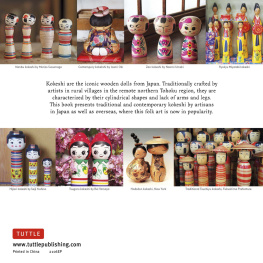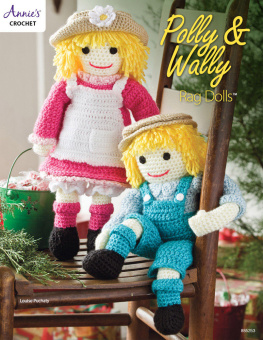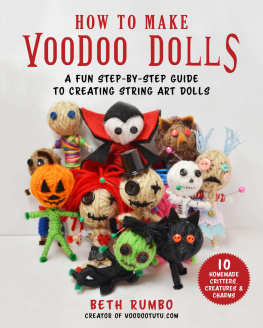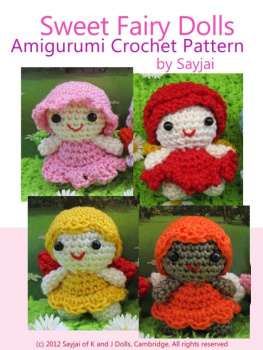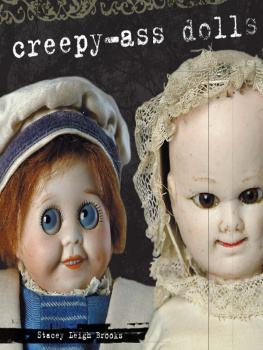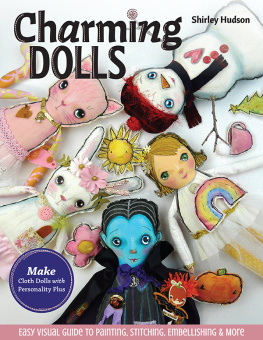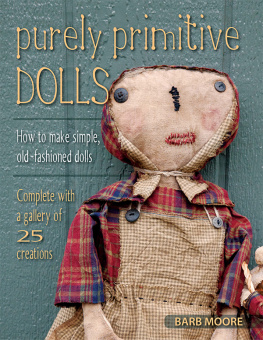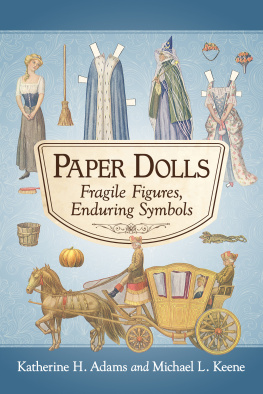Manami Okazaki - Japanese Kokeshi Dolls: The Woodcraft and Culture of Japans Iconic Wooden Dolls
Here you can read online Manami Okazaki - Japanese Kokeshi Dolls: The Woodcraft and Culture of Japans Iconic Wooden Dolls full text of the book (entire story) in english for free. Download pdf and epub, get meaning, cover and reviews about this ebook. year: 2021, publisher: Tuttle Publishing, genre: Home and family. Description of the work, (preface) as well as reviews are available. Best literature library LitArk.com created for fans of good reading and offers a wide selection of genres:
Romance novel
Science fiction
Adventure
Detective
Science
History
Home and family
Prose
Art
Politics
Computer
Non-fiction
Religion
Business
Children
Humor
Choose a favorite category and find really read worthwhile books. Enjoy immersion in the world of imagination, feel the emotions of the characters or learn something new for yourself, make an fascinating discovery.
- Book:Japanese Kokeshi Dolls: The Woodcraft and Culture of Japans Iconic Wooden Dolls
- Author:
- Publisher:Tuttle Publishing
- Genre:
- Year:2021
- Rating:3 / 5
- Favourites:Add to favourites
- Your mark:
Japanese Kokeshi Dolls: The Woodcraft and Culture of Japans Iconic Wooden Dolls: summary, description and annotation
We offer to read an annotation, description, summary or preface (depends on what the author of the book "Japanese Kokeshi Dolls: The Woodcraft and Culture of Japans Iconic Wooden Dolls" wrote himself). If you haven't found the necessary information about the book — write in the comments, we will try to find it.
An inside look at kokeshi dolls: from the skilled woodworkers behind their design to their important cultural significance.
Kokeshi are the simple and charming traditional Japanese dolls characterized by their cylindrical shape and lack of arms and legs. Historically made as childrens toys in Japans northern region of Tohoku, they have now become a popular collectors item and have even inspired famous architects and artists.
In this visual guide, readers will find:
- An overview of the different types of dolls
- How kokeshi dolls are crafted, including information on tools and woods used
- Interviews with leading kokeshi craftspeople worldwide
- Detailed information about both traditional dolls and the modern ones being crafted today
- An exploration of the cultural significance of kokeshi dolls--both historically and for the areas of northern Japan that rebuilt themselves after their region was decimated by an earthquake and tsunami in 2011
- A guide to visiting Japans kokeshi regions
- Information on how to buy the dolls--either directly from Japanese artisans or stockists worldwide
Filled with artist interviews, gorgeous photos and firsthand travel experience, author Manami Okazaki has created a book to be enjoyed by all--from serious collectors to woodcrafters, interior designers, architects, armchair travelers and anyone with an interest in Japanese culture and travel.
Manami Okazaki: author's other books
Who wrote Japanese Kokeshi Dolls: The Woodcraft and Culture of Japans Iconic Wooden Dolls? Find out the surname, the name of the author of the book and a list of all author's works by series.

